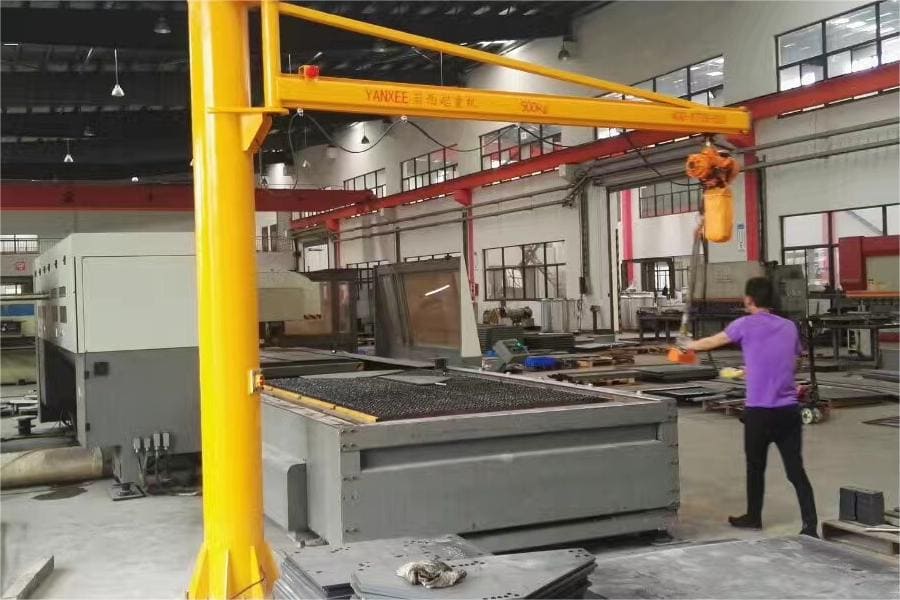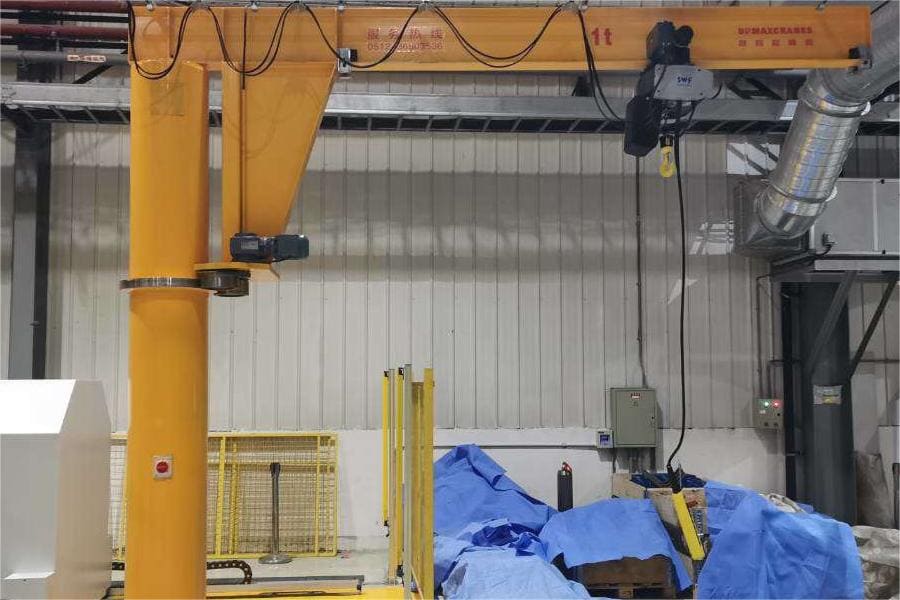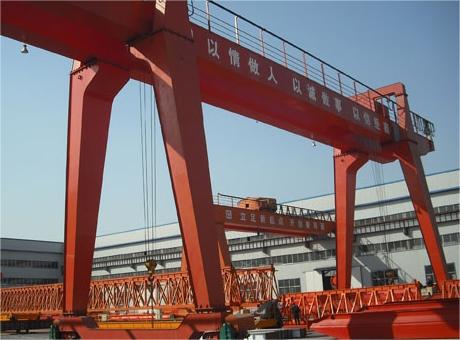As an efficient tool for handling heavy objects, jib cranes are widely used in various industrial environments. When manual handling becomes difficult, pillar jib cranes can play a huge role. However, during the lifting and handling process, the stability and safety of the pillar jib crane are crucial.
As a device for lifting and carrying heavy loads, the load-bearing capacity of the freestanding jib crane is crucial. When designing a freestanding jib crane, it is necessary to fully consider the weight required to be carried and ensure that it can safely carry out lifting and handling work. The load-bearing capacity design includes the following aspects:
Load weight: When designing a industrial jib crane, it is first necessary to understand the load weight required for lifting and handling. This can be determined by calculating the weight of the object or using a weighing device. According to the required load-bearing capacity, the structure and material of the jib crane can be further determined.
Cantilever length: It is also related to the cantilever length. A longer cantilever length increases the risk of overturning of the boom, so the balance between the cantilever length and the load-bearing capacity needs to be considered during design. If heavier loads need to be lifted, a shorter cantilever length may be required to ensure stability.
Eccentricity: During the lifting and handling process of the industrial jib crane, the load may be eccentric. The eccentricity refers to the horizontal distance between the load and the cantilever. In the design, the eccentricity of the load must be taken into account to ensure that the cantilever crane’s carrying capacity can cope with the impact of the eccentric load.

The structural stability of the pillar jib crane is an important factor in ensuring that it will not overturn or collapse during use. In the design, the following aspects need to be paid attention to:
Load-bearing strength: The structure of the cantilever crane must have sufficient strength to withstand the force of the required load. In the design, the strength characteristics of the material and the structural form of the cantilever crane need to be considered to ensure that it can withstand the expected load.
Balance design: The balance design of the freestanding jib crane is also an important factor to ensure its stability. In the design process, factors such as the center of gravity position of the cantilever crane, the position and number of support points need to be considered to maintain the balance of the cantilever crane.






















